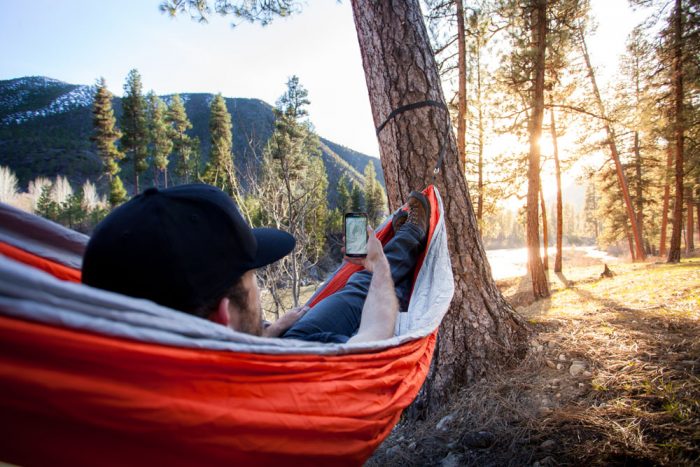Hikers and backpackers are ditching GPS devices in favor of their phones. An app launching this week from OnXmaps adds new functionality and works off-grid almost anywhere on Earth.
With high-resolution screens and integrated GPS, your smartphone rivals most any traditional GPS device. A key is finding the right app to drive it.
New this week, the ROAM app offers base maps for hiking and other activities, and it works with your phone’s internal GPS to give realtime position, tracking, and waypoint access, all without cell service required.
Phone As GPS
Doubting an iPhone or Android can rival functionality of a dedicated GPS device? One advocate, Alan Dixon, a guide and co-founder of Backpacking Light, in a recent article writes “the iPhone is the best backpacking GPS. It just works! We’ve taken our iPhones pack-rafting in Alaska, winter rafting down the Grand Canyon, technical Canyoneering in Utah, and climbing in the Wind Rivers and the Sierras.” (See the full article here.)
Maps For Outdoor Adventure
Public Lands/Open Space












